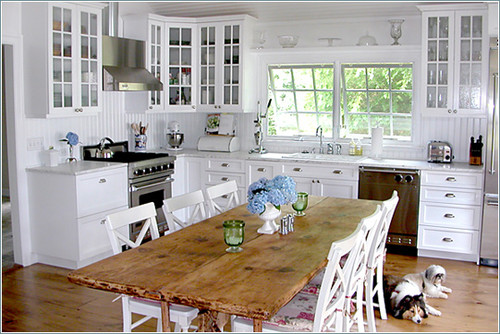
When I shop for food, it's always nice to see words, such as "fresh," "local," or "organic" on the package, but how fresh, local, and organic is it really? I have to admit, I really didn't really know until I read up.
A Clean Life in a brochure that I picked up a farmers' market describe the terms as the following:
Fresh - only a few days since it was caught or harvested
Local - food that is sold within 1-200 miles
Seasonal - produce that is the freshest and tastiest
Sustainable - in food terms, that means a balanced cycle that supports farmers, customers, and environment
Organic - grown without synthetic fertilizers, pesticides, or herbicides
Certified naturally grown - grown with the same standards as organic but with small farmers particularly in mind
Grass-fed, cage free, hormone free, antibiotic free - it is what it sounds like
A Clean Life goes on to say that if each American could eat just one meal per week made from local, organically grown produce, the U.S. could conserve 1 million barrels of oil each week. That, eh, you know, food for thought.
You can find way more info at
freshfarmmarkets.org, including recipes and farmers' markets in the Greater DC area.
 Ingredients
Ingredients








